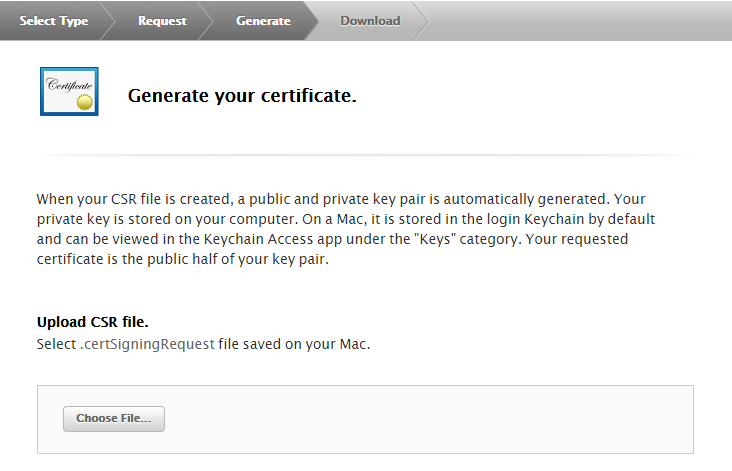

For your convenience, the SDK comes with an example app that you can use as a basis for your own implementation. Your app can use these items to create a screen that lists them all.

Payment items are either instances of ICBasicPaymentProduct or ICBasicPaymentProductGroup. Related SDK components are: ICSession and ICPaymentContext Retrieve the payment items and accounts on fileĪfter initialization, the iOS SDK offers easy access to all the payment items that can be used for this payment method. whether the payment is a single payment or a recurring payment.the country of the person that is performing the payment,.The payment products that the customer can choose from depends on payment information so the Client SDK needs this information to be able to do its job. This is either production, pre-production or our sandbox. The type of environment you want to connect to.The urls of these servers can be obtained by your e-commerce server using the Server SDKs or directly using the Server API. One type of server offers the Client API discussed above, and the other type of server stores the static resources used by the SDK, such as the logos of payment products. The SDK communicates with two types of servers to perform its tasks. The client-api-url and asset-url that the SDK should connect to.These can be obtained by your e-commerce server using the Server SDKs or directly using the Server API. A client session identifier and a customer identifier, which the Client API needs for authentication purposes.Initialize the iOS SDK for this paymentīy initializing the iOS SDK, you provide the SDK with all the information it needs to authenticate to the Client API and to make sure the Client API calls have all the context they need to return the correct data. These steps are explained in more detail in the next couple of paragraphs. This can be a simple "payment successful" or "payment failed" screen or a redirect to a third party that completes the payment. Use the response from the Server API call to guide the customer to the next step in the payment process.Your app sends the encrypted result to your e-commerce server, which sends it to our Server API. Encrypt all the provided payment information using the Client API.Your app uses this information to create the payment product details screen. Retrieve all the details about the payment product fields from the Client API that the customer needs to provide based on the selected payment product or account on file.Your app uses this data to create the payment product selection screen. Retrieve the payment items and accounts on file that can be used for this payment from the Client API.This is done using information such as session and customer identifiers, geographical information and payment information like currency and total amount. Initialize the iOS SDK for this payment.Setting up and completing a payment using the iOS SDK is done in a number of steps: There you can find installation instructions.
App wrapper for ios code#
The source code of the SDK and the example app are available on GitHub. Its use is demonstrated by an example app, which constructs the user interface elements used throughout the payment process from API responses on the fly. handling of all the details concerning the encryption of payment details.a check to determine to which payment provider a card number is associated, and.user-friendly formatting of payment data such as card numbers and expiry dates,.

App wrapper for ios how to#
To understand how to use this SDK it is best to read the following documentation:įirst read the Mobile Introduction to familiarize yourself with the various concepts.


 0 kommentar(er)
0 kommentar(er)
